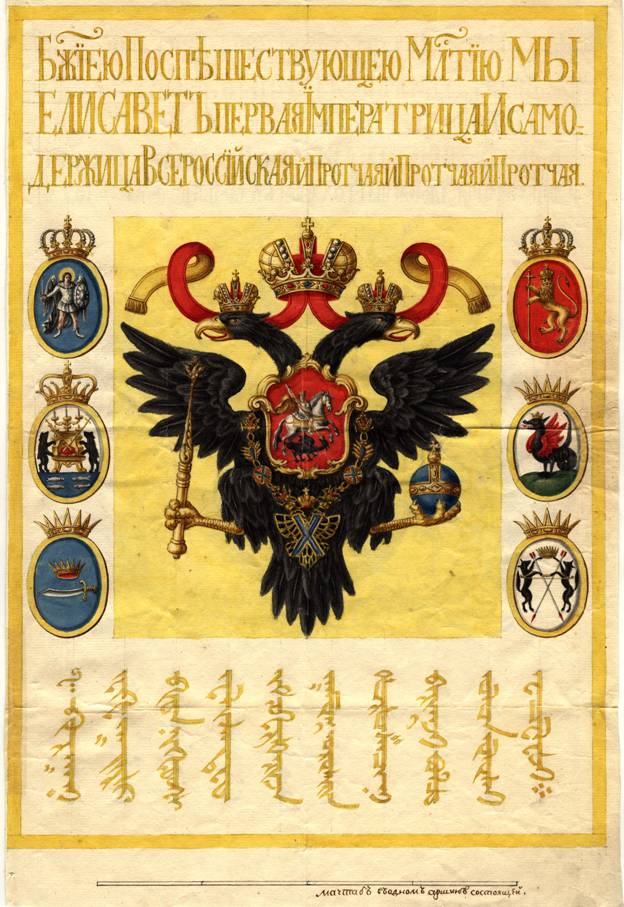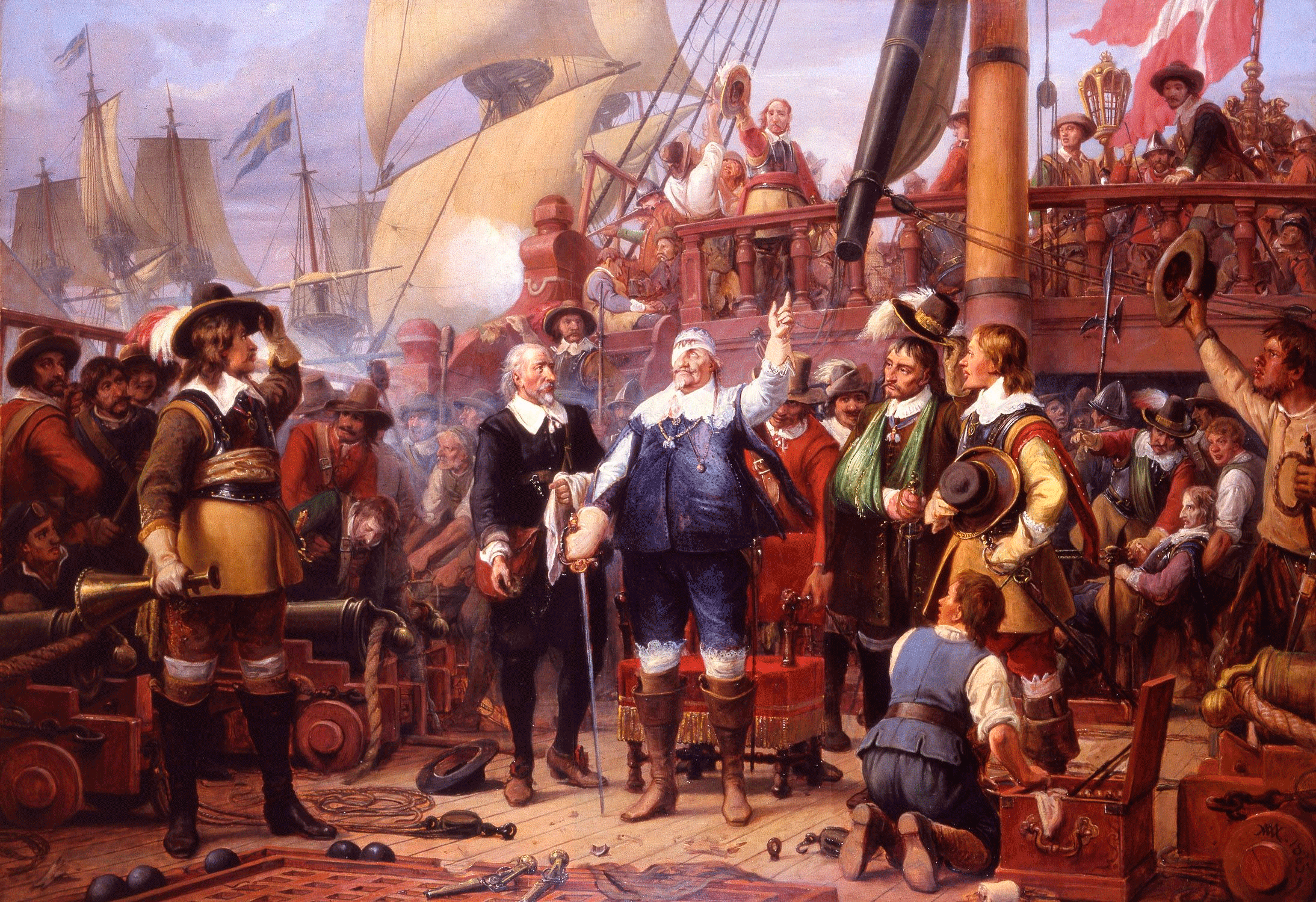|
Kho Orluk
Kho Orluk ( mn, Хо Өрлөг; died 1644) was an Oirat prince and Taish of the Torghut- Oirat tribe. Around 1616, Kho Orluk persuaded the other Torghut princes and lesser nobility to move their tribe en masse westward through southern Siberia and southward along the Emba River to the grass steppes north of the Russian garrison at Astrakhan. During the process of securing the steppes for his people, Kho Orluk met limited resistance from the local Muslim tribesman, therefore setting the foundation of what later became known as the Kalmyk Khanate The Kalmyk Khanate ( xal-RU, Хальмг хана улс, ''Xal'mg xana uls'') was an Oirat khanate on the Eurasian steppe. It extended over modern Kalmykia and surrounding areas in the North Caucasus, including Stavropol and Astrakhan. Duri .... In 1620 his daughter married Ishim-khan (son of Kuchum, Khan of Sibir). References Kalmyk people 1644 deaths Year of birth unknown {{Kalmykia-stub ... [...More Info...] [...Related Items...] OR: [Wikipedia] [Google] [Baidu] |
Kalmyk Khanate
The Kalmyk Khanate ( xal-RU, Хальмг хана улс, ''Xal'mg xana uls'') was an Oirat khanate on the Eurasian steppe. It extended over modern Kalmykia and surrounding areas in the North Caucasus, including Stavropol and Astrakhan. During their independence, the Kalmyks both raided and allied with Russia in turn, engaging in numerous military expeditions against the Crimean Tatars, the Ottoman Empire, neighboring Muslim tribes, and the highlanders of the North Caucasus. "The Kalmyk Khanate reached its peak of power in the period of Ayuka Khan (1669–1724). Protected the southern borders of Russia and conducted many military expeditions against the Crimean Tatars, Ottoman Empire and Kuban Tatars. He also waged wars against the Kazakhs, subjugated the Mangyshlak Turkmens, and made multiple expeditions against the highlanders of the North Caucasus." The Khanate was annexed by the Russian Empire in 1771. History Period of self-rule, 1630–1724 Upon arrival in the lower Vo ... [...More Info...] [...Related Items...] OR: [Wikipedia] [Google] [Baidu] |
Oirats
Oirats ( mn, Ойрад, ''Oirad'', or , Oird; xal-RU, Өөрд; zh, 瓦剌; in the past, also Eleuths) are the westernmost group of the Mongols whose ancestral home is in the Altai region of Siberia, Xinjiang and western Mongolia. Historically, the Oirats were composed of four major tribes: Dzungar (Choros or Olots), Torghut, Dörbet and Khoshut. The minor tribes include: Khoid, Bayads, Myangad, Zakhchin, Baatud. The modern Kalmyks of Kalmykia on the Caspian Sea in southeastern Europe are Oirats. Etymology The name derives from Mongolic ''oi'' ("forest, woods") and ''ard'' < *''harad'' ("people"),M.Sanjdorj, History of the Mongolian People's Republic, Volume I, 1966 and they were counted among the "" in the 13th century. Similar to that is the Turkic ''aghach ari'' ("woodman") that is found as a place name in many locale ... [...More Info...] [...Related Items...] OR: [Wikipedia] [Google] [Baidu] |
Torghut
The Torghut ( Mongolian: Торгууд, , Torguud), , "Guardsman" are one of the four major subgroups of the Four Oirats. The Torghut nobles traced its descent to the Keraite ruler Tooril; also many Torghuts descended from the Keraites. History They might have been kheshigs of the Great Khans before Kublai Khan. The Torghut clan first appeared as an Oirat group in the mid-16th century. After the collapse of the Four Oirat Alliance, the majority of the Torghuts under Kho Orluk separated from other Oirat groups and moved west to the Volga region in 1630, forming the core of the Kalmyks. A few Torghut nobles followed Toro Baikhu Gushi Khan to Qinghai Lake (Koke Nuur), becoming part of the so-called Upper Mongols. In 1698, 500 Torghuts went on pilgrimage to Tibet but were unable to return. Hence, they were resettled in Ejin River by the Kangxi Emperor of China's Qing dynasty. In 1699 15,000 Torghut households returned from the Volga region to Dzungaria where they joined the Khoit ... [...More Info...] [...Related Items...] OR: [Wikipedia] [Google] [Baidu] |
Siberia
Siberia ( ; rus, Сибирь, r=Sibir', p=sʲɪˈbʲirʲ, a=Ru-Сибирь.ogg) is an extensive geographical region, constituting all of North Asia, from the Ural Mountains in the west to the Pacific Ocean in the east. It has been a part of Russia since the latter half of the 16th century, after the Russians conquered lands east of the Ural Mountains. Siberia is vast and sparsely populated, covering an area of over , but home to merely one-fifth of Russia's population. Novosibirsk, Krasnoyarsk and Omsk are the largest cities in the region. Because Siberia is a geographic and historic region and not a political entity, there is no single precise definition of its territorial borders. Traditionally, Siberia extends eastwards from the Ural Mountains to the Pacific Ocean, and includes most of the drainage basin of the Arctic Ocean. The river Yenisey divides Siberia into two parts, Western and Eastern. Siberia stretches southwards from the Arctic Ocean to the hills of north-ce ... [...More Info...] [...Related Items...] OR: [Wikipedia] [Google] [Baidu] |
Emba River
The Emba ( kk, Ембі ''Embı'' or ''Jem'', russian: Эмба) in west Kazakhstan rises in the Mugodzhar Hills and flows into the Caspian Sea. It is long, and has a drainage basin of . It flows through the north of the Ust-Urt plateau, and reaches the Caspian by a series of shallow s, which were navigable in the 18th century. The lower course traverses an area of salt domes and the petroleum-rich Emba fields. It is sometimes regarded as a definition for the natural < ... [...More Info...] [...Related Items...] OR: [Wikipedia] [Google] [Baidu] |
Astrakhan
Astrakhan ( rus, Астрахань, p=ˈastrəxənʲ) is the largest city and administrative centre of Astrakhan Oblast in Southern Russia. The city lies on two banks of the Volga, in the upper part of the Volga Delta, on eleven islands of the Caspian Depression, 60 miles (100 km) from the Caspian Sea, with a population of 475,629 residents at the 2021 Census. At an elevation of below sea level, it is the lowest city in Russia. Astrakhan was formerly the capital of the Khanate of Astrakhan (a remnant of the Golden Horde), and was located on the higher right bank of the Volga, 7 miles (11 km) from the present-day city. Situated on caravan and water routes, it developed from a village into a large trading centre, before being conquered by Timur in 1395 and captured by Ivan the Terrible in 1556. In 1558 it was moved to its present site. The oldest economic and cultural center of the Lower Volga, [...More Info...] [...Related Items...] OR: [Wikipedia] [Google] [Baidu] |
Khanate Of Sibir
The Khanate of Sibir (also Khanate of Turan, sty, Себер ханлыгы) was a Tatar Khanate located in southwestern Siberia with a Turco-Mongol ruling class. Throughout its history, members of the Shaybanid and Taibugid dynasties often contested the rulership over the Khanate between each other; both of these competing tribes were direct patrilineal descendants of Genghis Khan through his eldest son Jochi and Jochi's fifth son Shayban (Shiban) (died 1266). The area of the Khanate had once formed an integral part of the Mongol Empire, and later came under the control of the White Horde and the Golden Horde of 1242–1502. The Khanate of Sibir had an ethnically diverse population of Turkic Siberian Tatars, Bashkirs, and speakers of various Uralic languages – including the Khanty, Mansi, and Selkup. The Sibir Khanate was the northernmost Muslim state in recorded history. Its defeat by Yermak Timofeyevich in 1582 marked the beginning of the Russian conquest of Siberia. A ... [...More Info...] [...Related Items...] OR: [Wikipedia] [Google] [Baidu] |
Kalmyk People
The Kalmyks ( Kalmyk: Хальмгуд, ''Xaľmgud'', Mongolian: Халимагууд, ''Halimaguud''; russian: Калмыки, translit=Kalmyki, archaically anglicised as ''Calmucks'') are a Mongolic ethnic group living mainly in Russia, whose ancestors migrated from Dzungaria. They created the Kalmyk Khanate from 1635 to 1779 in Russia's North Caucasus territory. Today they form a majority in Kalmykia, located in the Kalmyk Steppe, on the western shore of the Caspian Sea. They are the only traditionally Buddhist people whose homeland is located within Europe. Through emigration, small Kalmyk communities have been established in the United States, France, Germany, and the Czech Republic. Origins and history Early history of the Oirats The Kalmyk are a branch of the Oirat Mongols, whose ancient grazing-lands spanned present-day parts of Kazakhstan, Russia, Mongolia and China. After the fall of the Mongol Yuan dynasty of China in 1368, the Oirats emerged as a formidab ... [...More Info...] [...Related Items...] OR: [Wikipedia] [Google] [Baidu] |
1644 Deaths
It is one of eight years (CE) to contain each Roman numeral once (1000(M)+500(D)+100(C)+(-10(X)+50(L))+(-1(I)+5(V)) = 1644). Events January–March * January 22 – The Royalist Oxford Parliament is first assembled by King Charles I of England. * January 26 – First English Civil War – Battle of Nantwich: The Parliamentarians defeat the Royalists, allowing them to end the 6-week Siege of Nantwich in Cheshire, England. * January 30 – **Dutch explorer Abel Tasman departs from Batavia in the Dutch East Indies (now Jakarta in Indonesia) on his second major expedition for the Dutch East India Company, to maps the north coast of Australia. Tasman commands three ships, ''Limmen'', ''Zeemeeuw'' and ''Braek'', and returns to Batavia on August 4 with no major finds. ** Battle of Ochmatów: Polish–Lithuanian Commonwealth forces under hetman Stanisław Koniecpolski secure a substantial victory over the horde of Crimean Tatars, under Tugay Bey. * Febr ... [...More Info...] [...Related Items...] OR: [Wikipedia] [Google] [Baidu] |







